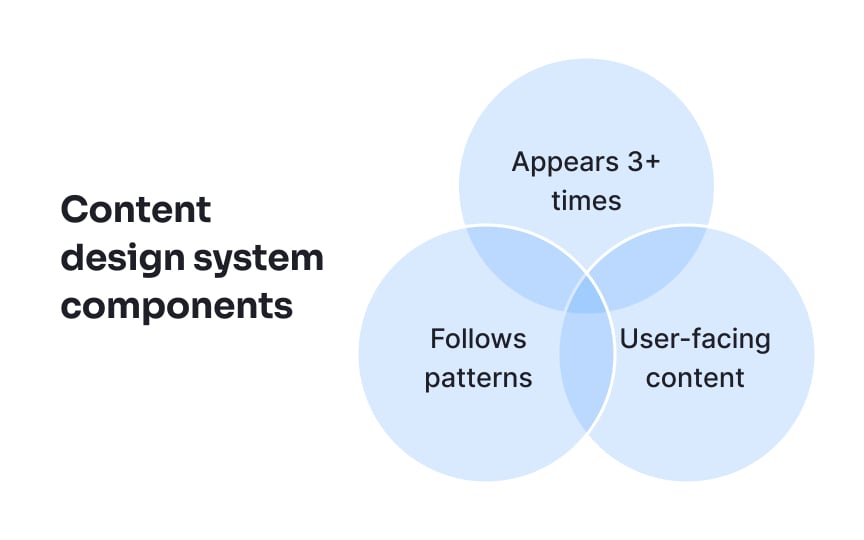Define the scope
Start by identifying content that belongs in a system versus content that remains unique. System-worthy content appears multiple times across your product: button labels, error messages, form instructions, empty states, and confirmation dialogs. Create a simple rule: if content appears in 3 or more places or follows a predictable pattern, it belongs in your audit scope.
Choose specific product areas for your initial audit. Rather than attempting everything at once, select one complete user journey like checkout, onboarding, or account management. This focused approach provides quick wins and learnable insights. Document exactly which screens, features, and parts of your product you'll review, creating clear boundaries for your team.
Establish what's explicitly out of scope to prevent sprawling in every direction. Marketing copy, one-off announcements, and long-form help articles typically don't need systematization. Create a scope matrix with 3 columns: "In scope," "Out of scope," and "Revisit later." This keeps everyone aligned throughout the audit process.

